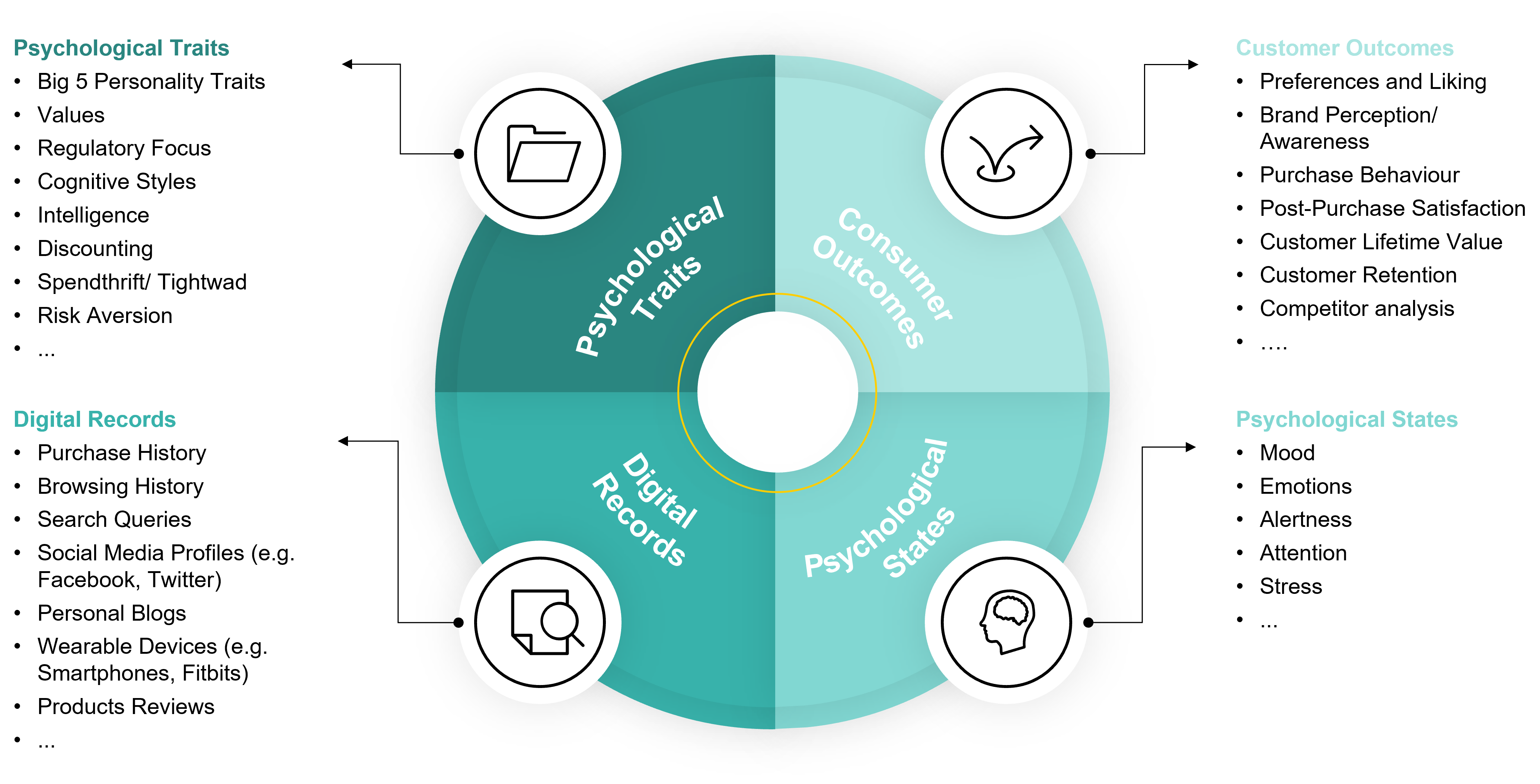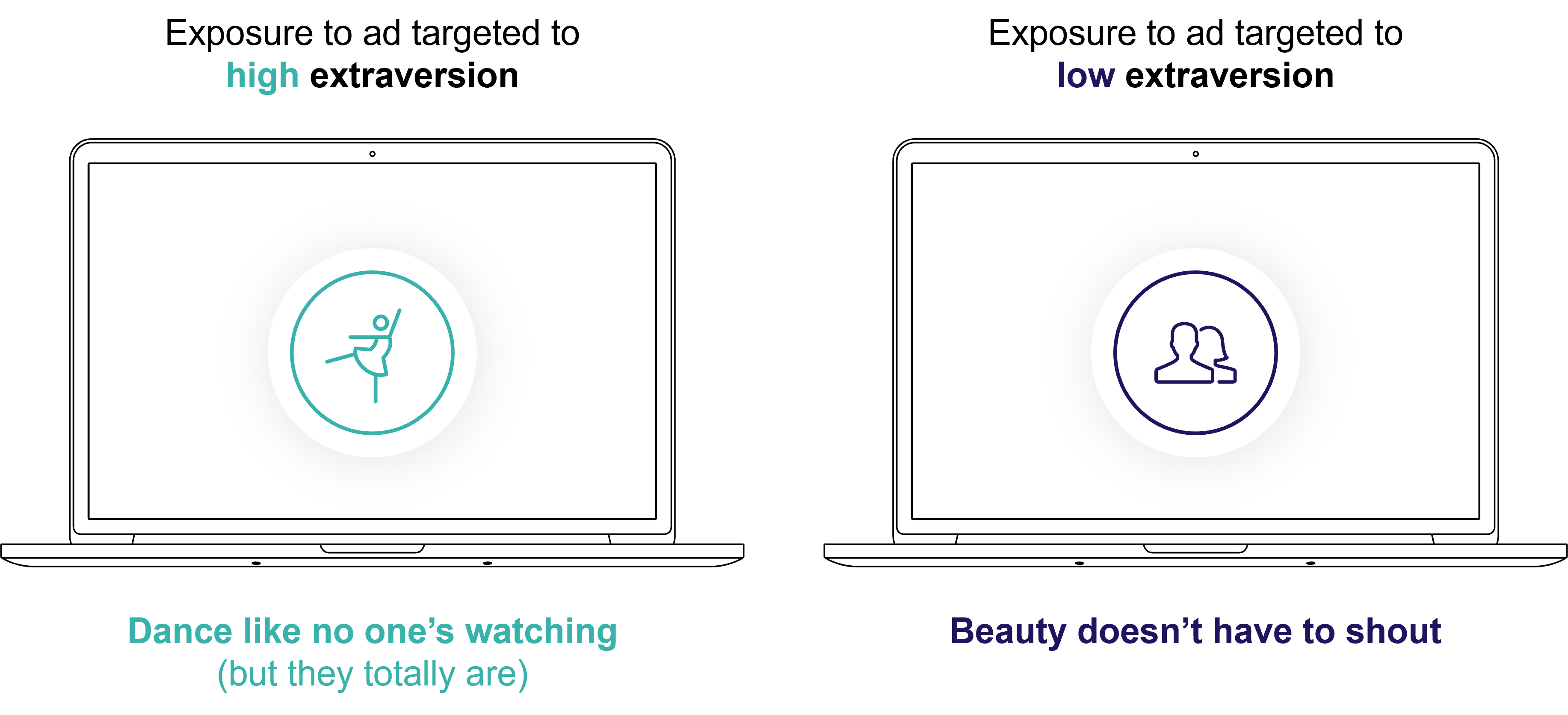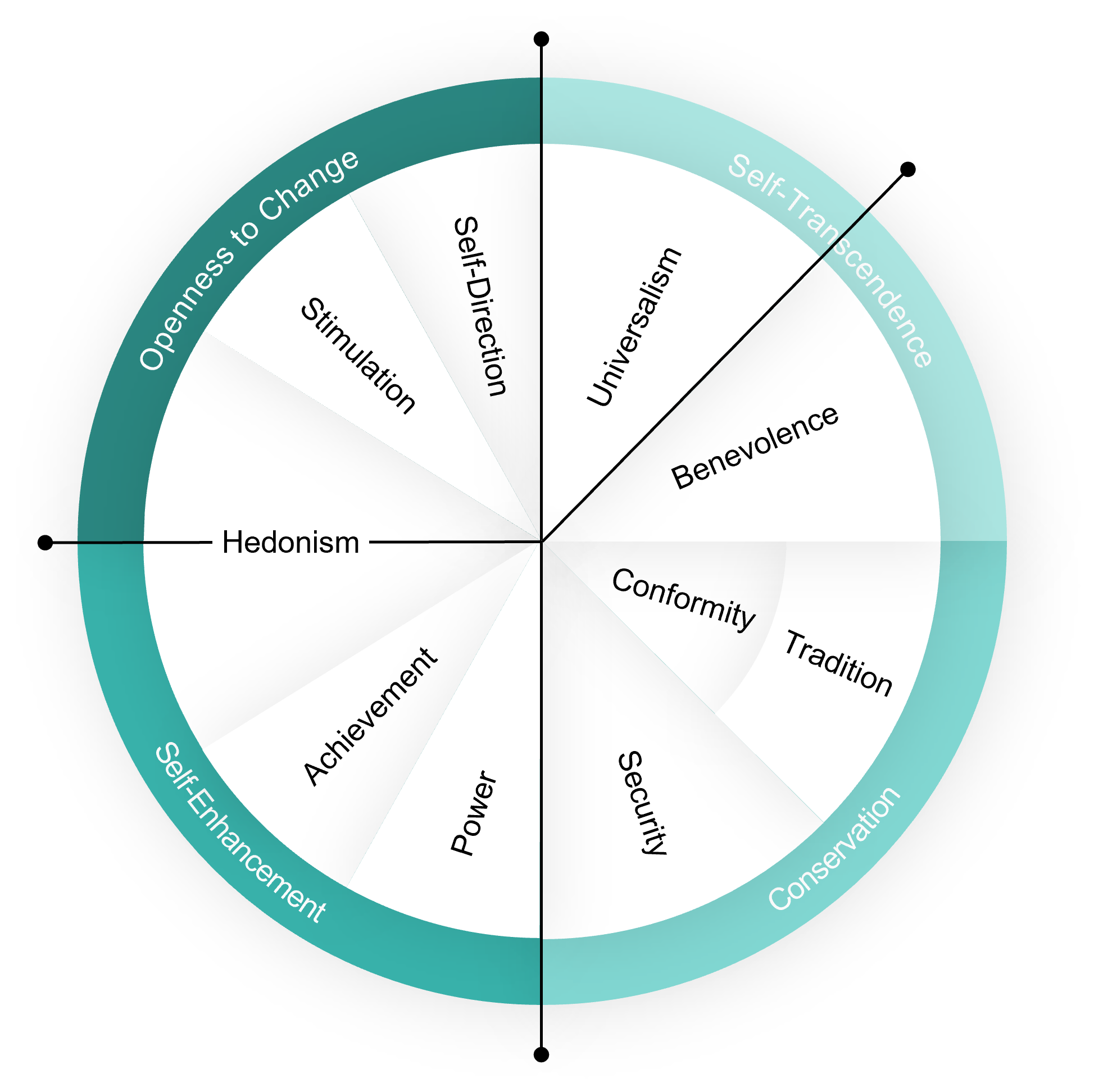How psychological traits could help shape the future for retailers and CPGs
Which of your customers are morning larks or night owls? Which are extroverts or introverts? Or which are optimists or pessimists? The answer to these and other questions may influence a range of customer behaviours.
There are a number of correlations that have been found between psychological traits such as personality and food preferences1. For example, “sensation seekers” may prefer spicy, crunchy, sour and bitter foods. “Novelty seekers” may prefer salty foods. “Anxious” individuals may prefer a narrower range of foods, are less likely to enjoy novel foods and have a greater number of food aversions.
Combining data science and behavioural science
A colleague once said “a customer is not what they buy, but a customer buys according to who they are”. Data science has provided a wealth of customer insight, however combining data science and behavioural science will provide even more customer first insight. But how can data science and behavioural science better engage each other?
Below is a figure which suggests there needs to be a broader integration of big data, consumer traits and states to improve consumer outcomes.

Figure 1: Image from Matz and Netzer (2017) calling a for a combination of big data, psychological traits and states2.
One of the implications is to improve consumer decision making. For example, providing products that meets the customer’s psychological needs may decrease choice overload, which in turn may increase satisfaction2. Furthermore, personality-matched spending has been found to increase happiness 3.
Knowing why your customer may prefer some products more than others may in turn help to recommend other products which are not currently going into the basket. It may also help a retailer or brand to communicate with customers through retail media and customer engagement.
An increase in sales
Whilst psychological traits may improve customer outcomes, it may also support the commercial bottom line. In conjunction with Facebook, scientists found when an advertisement is matched to a specific personality type and when compared to a mismatched (or “opposite”) personality type, click-through rates (CTR) increase by 40% and purchases increase by 50%4. See figure 2 for how the image and tagline to an advertisement is adjusted to a specific personality type.

Figure 2: From Matz and Kosinski (2019) shows images when matching an advertisement to the degree of Extroversion (i.e. socialness) or Openness (i.e. to experience)5.
In other words, personality matters. If you can speak the same language as your customers, your customers are more engaged and are more likely to be interested in a product.
Adapting loyalty programmes
There are also other applications of psychological traits, such as providing a loyalty programme that allows customers to express their values or principles. For example, if a customer values ‘universalism’ (i.e. has concern for all humans and nature), should a customer be permitted to donate loyalty points to another customer in greater need? Or perhaps a customer values ‘power’ (i.e. control over people and resources), should a customer be given the power to choose where they wish a promotion to apply? When structuring a loyalty programme, Schwartz’s values (fig. 3, below) may provide a number of different values which can then be incorporated into a loyalty programme6.

Figure 3: From Schwartz (2012), lists personal values and the relationship between them (eg Power is the opposite of Universalism)7.
When you look at the different types of values above, does the loyalty programme provide an outlet for each of these principles?
The role of culture
Countries may vary by culture. For example, private brands are more successful in some countries more than others. Whilst the reasons are complex, there is evidence that culture can in part explain this variance, as explored in my previous culture and private brands blog post. There is also evidence that culture can play a role in the hallmarks of a successful loyalty programme⁸. It may be the case there is even a role for culture to help explain the variance of online share (see culture and online blog).
Whilst individual psychological traits ought to be considered by retailers and CPGs, so too should the characteristics that help define a country’s culture.
Considering ethics
There is an elephant in the room in the form of ethics, something which is always front of mind in everything we do at dunnhumby. In the same way these traits can be used to encourage customer satisfaction, they could also be misused to encourage purchases that may go against a customer’s better judgement. Clearly, the latter is far removed from being customer first. The aim should always focus on increased customer satisfaction; revenues should then follow.
Conclusion
There is evidence that psychological traits are linked to food preferences, customer satisfaction and increased sales. These and other traits may support customers in other ways too. For example, could retailers and CPGs better target those customers who feel more anxious about inflation or recession? Can matched advertisements increase levels of health and sustainability? Could we better find those customers who are more open to NPDs. Used in conjunction with an ethical customer first approach, psychological traits could help retailers and CPGs take personalisation to the next level.
References
1 Spence, C. (2022) What is the link between personality and food behavior? Current Research in Food Science 5: 19–27
2 Matz, S.C. and Netzer, O. (2017). Using Big Data as a Window into Consumers’ Psychology. Current Opinion in Behavioral Sciences 18: 7–12
3 Matz, S., Gladstone, J. and Stillwell, D. (2016). Money Buys Happiness When Spending Fits Our Personality. Psychological Science 27: 715-725.
4 Matz, S. C., Kosinski, M., Nave, G., & Stillwell, D. (2017). Psychological targeting as an effective approach to digital mass persuasion. Proceedings of the National Academy of Sciences of the United States of America 114: 12714–12719.
5 Matz, S., and M. Kosinski. 2019. Using consumers’ digital footprints for more persuasive mass communication. NIM Marketing Intelligence Review 11 (2):18–23. doi:10. 2478/nimmir-2019-0011
6 Schwartz, S.H., Cieciuch, J., Vecchione, M., et al (2012). Refining the Theory of Basic Individual Values. Journal of Personality and Social Psychology 103 (4): 663–688
7 Schwartz, S. H. (2012). An Overview of the Schwartz Theory of Basic Values. Online Readings in Psychology and Culture2(1). https://doi.org/10.9707/2307-0919.1116
⁸Bombaij and Dekimpe (2020). When do loyalty programs work? The moderating role of design, retailer-strategy, and country characteristics. / International Journal of Research in Marketing 37: 175–195
TOPICS
RELATED PRODUCTS
Helping brands get the most from retail media
Audience Targeting solutionsThe latest insights from our experts around the world


